When is it Time for You to Create a Website?
70 to 80 percent of people look for a business online before visiting or buying from them (Blue Corona, 2022).
This means that if your business isn’t popping up on search engines, you’ve just lost 70 to 80 percent of potential customers.
And yes, we can assume that we’re talking about your business website because social media platforms and search engines, like Google, don’t really have a committed relationship (Social Media Today, 2016).
But is this enough of a reason to justify getting a website?
In this blog, we’ll address the objections and myths about having a website so we can actually find out if it’s time for you to create a website.

Let’s dive right into it.
Does having a website help your business?
Optimizely (formerly known as Episerver), a marketing and digital experience company, conducted a study that found 92 percent of customers scan through a business’ website before buying anything.
The report goes on further stating that:
- 45 percent of these “first-time visitors” are actively looking for a product or service
- Roughly 25 percent refer to your website to compare against competitors, and
- Around 10 percent are looking for business details

So what can you learn from this?
Your website is your business’ digital HQ. It’s your 24/7 front-desk attendant, client experience advisor—basically, all the works.
When done well, your website can help prospective clients handle objections, create trust, and encourage them to take the next step—whether that be filling out the inquiry form or making the purchase straight from your site.
When your website is poorly done, it can confuse your audience, create distrust, and ultimately repel them from working with you or seeking any information.
Yikes.
At some point in your business, especially in the growth stage, having a thoughtfully-done website can be a point of differentiation against your competitors.
But you might be thinking…
Can I use Facebook or Instagram as a website?
Business coaches offer different advice on this question and there are some valid points.
If you’re still testing your business idea and have yet to gauge whether your target audience *actually* finds value, don’t focus on your website.
Instead, focus on validating your idea.
Understand what your ideal client is struggling with and if your product or service solves their problem or meets an unfulfilled desire.
At this stage, some business coaches say that social media is all you need.
Of course there are some caveat but yes, social media platforms like Instagram or Facebook can serve as a place to provide information and engage with your audience.
But once you’ve proven your idea and have continuously seen demand, whether through inquiries and especially through paying clients, then it’s time to start thinking about a website.
You can continue to use social media at this point in your business, but don’t use it to replace your website.
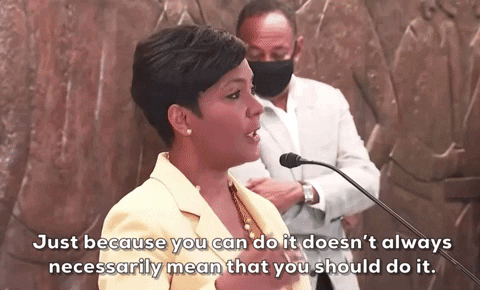
This is why your social media alone can’t scale your business: social media is a busy and ever-changing gathering place and your website is the one, undivided place where prospective clients can learn about how you can potentially help them and what steps to take next.
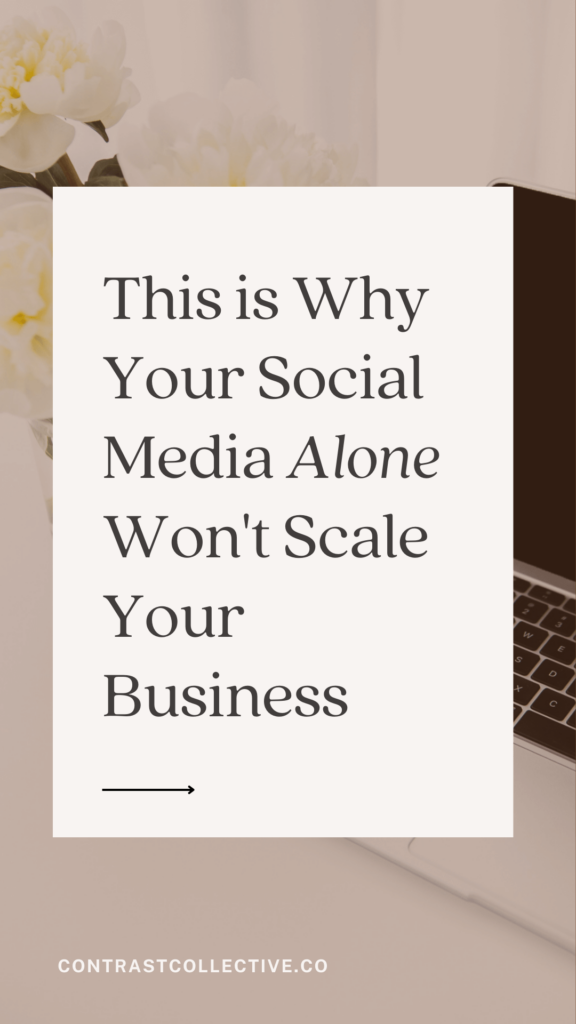
With routine changes to social media algorithms, like the one that Instagram has been rolling out, there’s no certainty that your audience will see your content, let alone find your profile in the sea of profiles that seem to offer similar things.
When talking about Instagram Reels alone, it’s not just the similarity factor that you’re competing with—it’s the degree of entertainment your content provides.
In a blog post explaining a bit more into the algorithm, Adam Mosseri, head of Instagram, says, “The most important predictions we make are how likely you are to watch a reel all the way through, like it, say it was entertaining or funny, and go to the audio page (a proxy for whether or not you might be inspired to make your own reel.)”
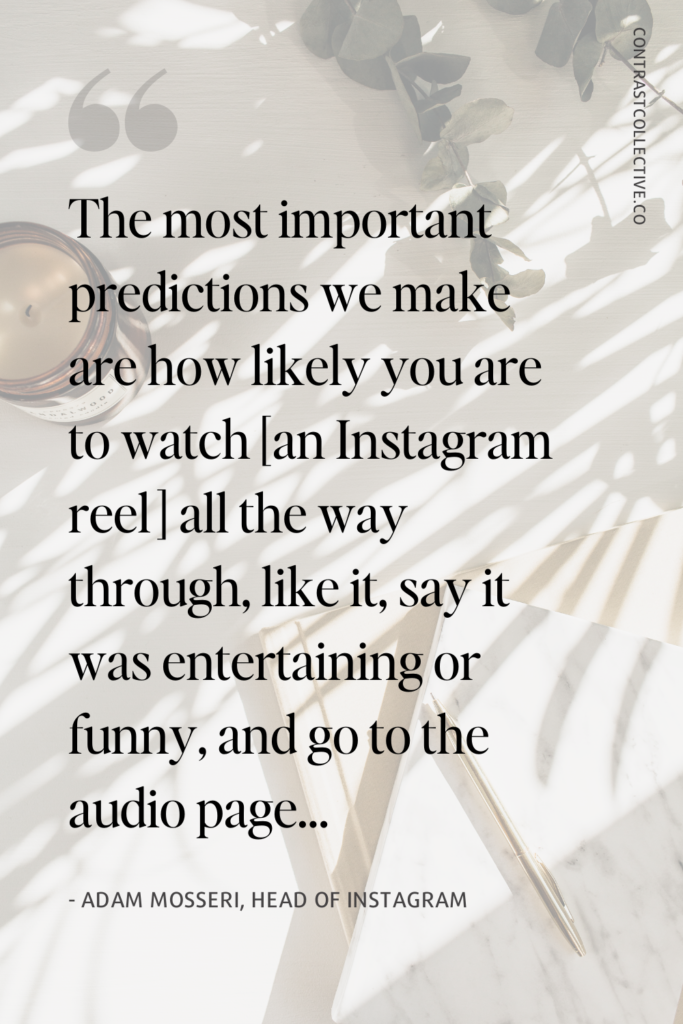
At the growth stage of your business, you can use social media to drive traffic to your website—the one place where you don’t have to compete for your ideal client’s attention.
Think of social media platforms as a big conference.
People can stroll around and visit booths (aka profiles/pages). They can even engage in conversation with you.
But would you stop the conversation there?
If you’re a savvy business owner (and I know you are), you’d probably invite them to take the conversation further, granted they’re a good fit and vice versa.
You’d probably want to take the conversation to a place where you can hear this person out—whether that be an office or your favourite coffee shop.
This is the same for your website—social media can cultivate conversations but your website is the place where you want your prospective clients to land.
Through your website, your ideal clients can further engage with your content, nurturing the know-like-trust factor, which can encourage them to book a discovery call or commit to a purchase there and then!
What types of websites are there?
Maybe you’re now considering a website.
The question then becomes “What type of website is best for where my business is at this time?”
Most people are familiar with the core components of a website—a home page, an about page, etc. But yes, there are different types of websites.
Here are some types of websites for businesses:
1. E-commerce or online store
If you plan to sell physical or digital products, without you having to be present when your customers place an order, this might be suitable for you.
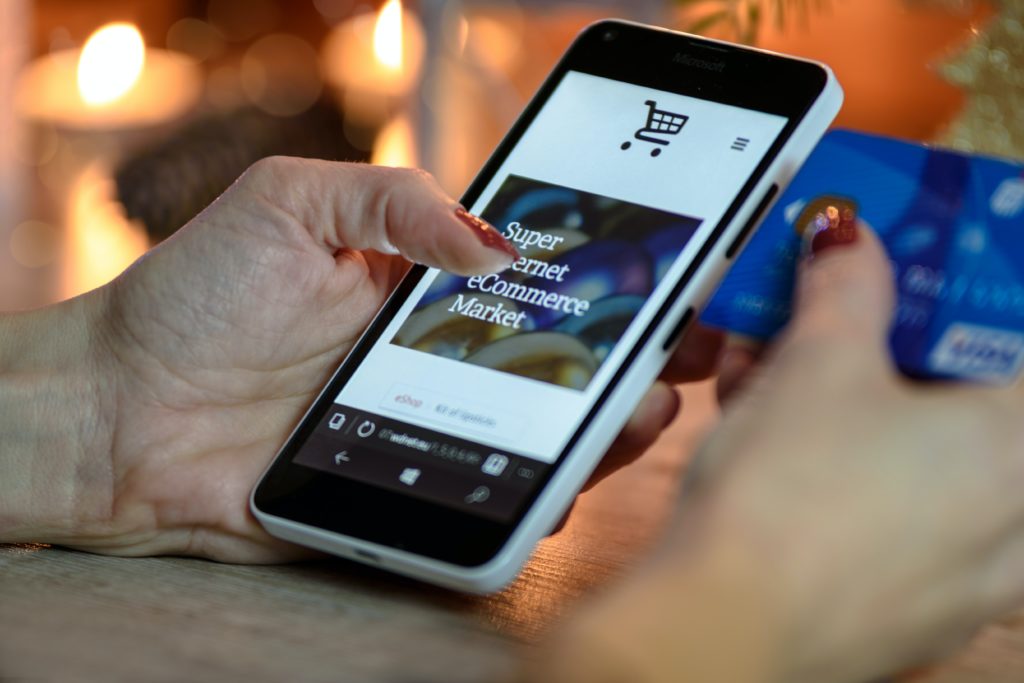
You’ll need to set up a way to receive payments and fulfill orders, shipping, sales tax, and more.
2. Portfolio
If you’re looking to offer creative services, like graphic design, photography, or even web design, a portfolio will be the best way to showcase your work.
Take note that the key action of a portfolio site is to drive visitors to get in touch with you.

? Pro-tip: It might also be helpful for them (and for you) to include a bite-sized questionnaire to see if working together would be a great fit.
3. Booking website
Appointment-based services like hairstyling and massage therapy would benefit from sites that allow clients to book online.
Usually, though, this isn’t a standalone website; it’s commonly included in websites that talk about the clinic and its vision as a whole.
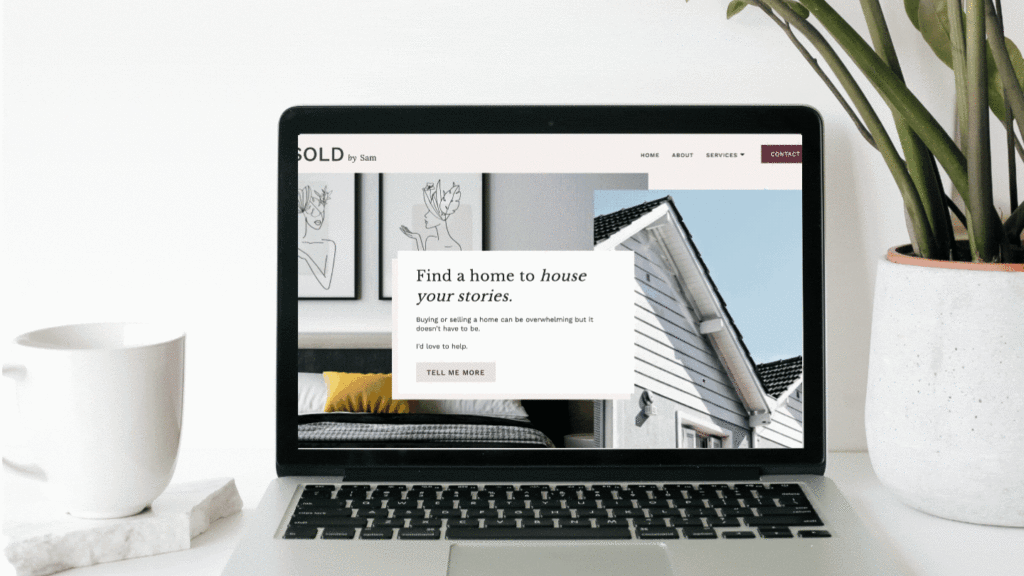
4. Blog
Content creation services or product-based businesses can engage with potential customers through a blog.
? Pro-tip: Even if your product or service isn’t primarily to create content, it would serve your website well to have a blog.
Search engines love long-form content, especially if they’re written based on meaningful keywords, and it might help people find your website!
Related: How to start doing SEO in 2023
5. Landing Page
Also known as lead generation sites, landing pages are best used for when you need visitors to take a certain action.
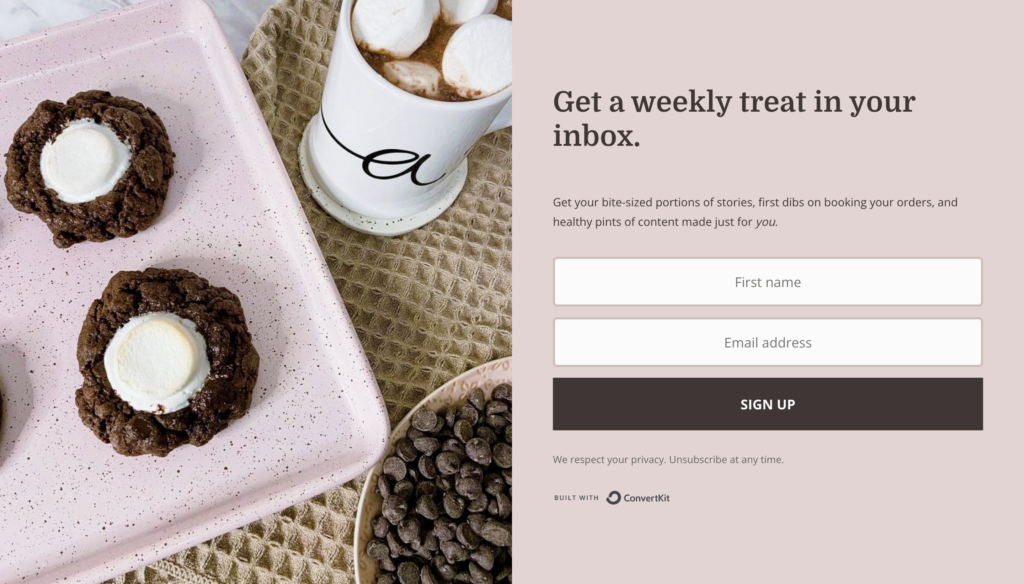
This can be subscribing to a newsletter, signing up for a freebie, or registering for an event.
In turn, you can establish a pool of prospects or potential customers.
Our take
There’s no rule that you can’t integrate all these sites into one website.
In fact, most businesses use at least three of these types of websites in their digital space.
That’s because a thoughtfully-designed website considers your prospect’s journey from initial awareness to consideration and even decision.
For example, maybe some people land on your website not knowing anything about your business.
Through your website copywriting and content, you cultivate trust with your ideal client.
They have at least two options—inquire and book a quick call or stay within your email list.
Integrate as many of these components but first consider the needs of your target audience!
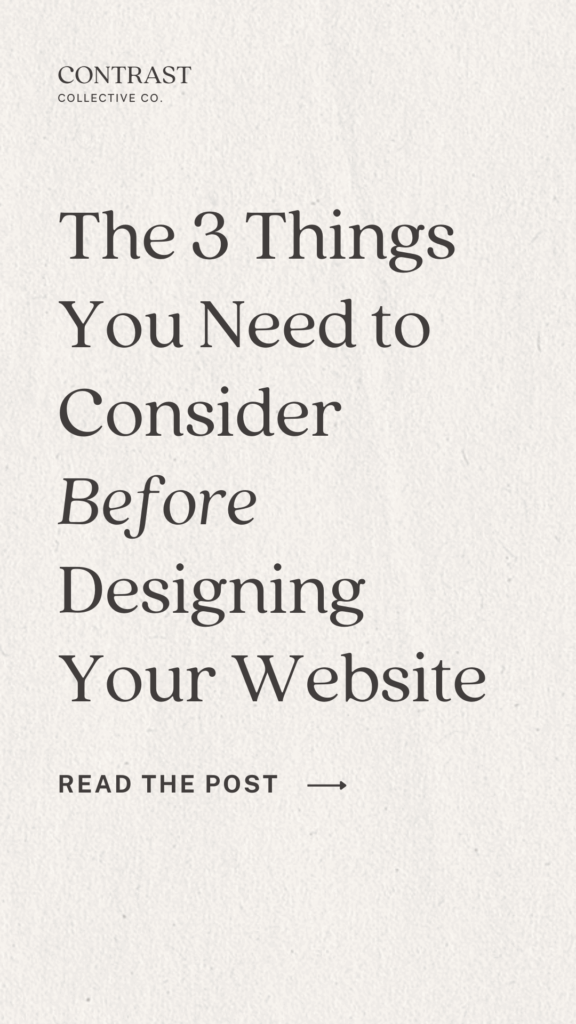
Conclusion
If you’ve successfully proven that there’s a consistent demand for your product or service, and you’re at the growth stage of your business, it’s time to start thinking about a website.
Your social media efforts and email campaigns funnel into your website—where you can help your ideal clients “self-select” if you’re the best person to help them.
But when thinking about your website, always start and end with your ideal client in mind:
- Where are they in the initial awareness phase?
- What content and/or resources can you provide to take them from simply knowing your offer to considering to work with you?
- How can you bridge the gap from considering you as one option to becoming the only option?
If you need a place to start with these questions & design your website with intentionality, download our free guide, the Brand Excavation Worksheet.

Sign up for emails that remind you of the beauty in the mundane and the humanity in business—so you can apply it to your website, brand, and your overall digital presence.
De-influencing what "building your business" looks like.
the only emails on the internet that talk about the *unglamorous* side to entrepreneurship.